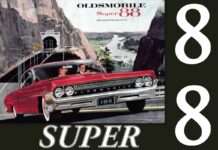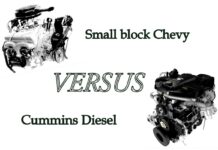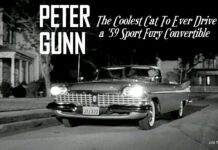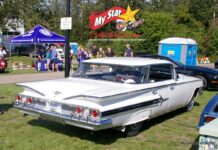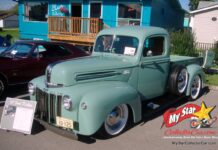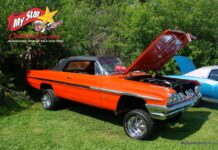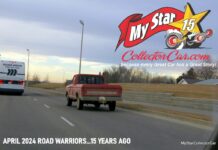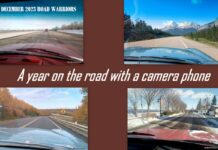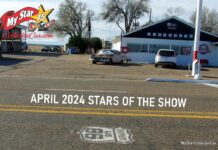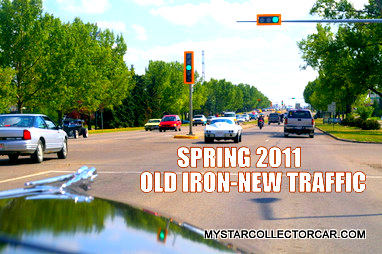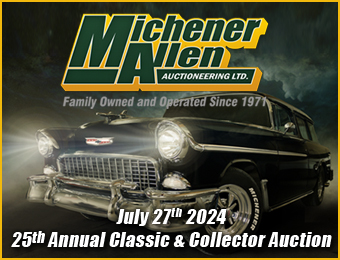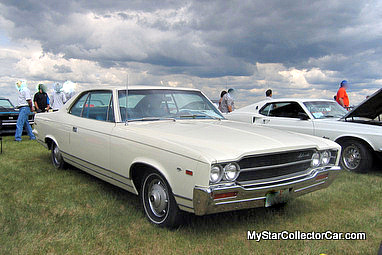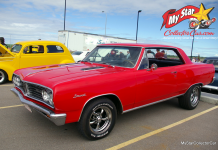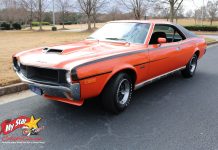 It has been a very long and unnecessary winter for car guys. The hibernation period for their rides has been longer than an episode of ‘Dancing With The Stars’ for most of them.
It has been a very long and unnecessary winter for car guys. The hibernation period for their rides has been longer than an episode of ‘Dancing With The Stars’ for most of them.
So the urge to hit the streets is boiling inside of every car guy trying to shake a bad case of cabin fever.
Some of the harsh realities of street life may have been forgotten over the course of a winter, so we decided to issue a reminder of the dangers on the pavement.
The first hazard is actually on top of the pavement: a generous layer of gravel and salt that was used to prevent an icy crash or, realistically, to at least slow down the impact.
Now the gravel itself is a big hazard to a new paint job or windshield from a winter project. Car guys will weep openly when they get that first hit from a small rock.

The best plan is to wait until the city street cleaners have lowered the danger levels to safe zones. Patience is not only a virtue, it is a way to avoid an unnecessary rock chip.
One of the first early car sightings of spring 2011 in our community was an original 1930 Chevrolet four door sedan. The 1930 Chevy is a 40-50 mph car with a 30s brake system. It will not take off like a Ferrari or stop on a dime.
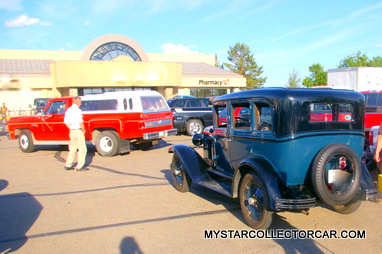
It is an eighty one year old senior citizen that would scare the hell out of most modern drivers thrown behind its large steering wheel. It requires nerves of steel to drive an antique vehicle in 2011 traffic.
People will cut you off in traffic while basking in the warm glow of sheer ignorance about the limitations of a distant yesteryear’s automotive engineering. The driver has to be aware that his antique ride will be required to survive in heavier traffic largely composed of seriously dimwitted drivers.
These idiots will have no clue about the braking distances required by an antique car. They will barely notice the car on the road-what with texting, talking on the cell, and other creative forms of entertainment while behind the wheel of an automobile.

They would probably not even notice if Drew Barrymore was running naked down the street in front of them- let alone an old car. They are idiots; thus car guys will share the pavement and the grave consequences of this road arrangement with them.
The point is that, in a jurisdiction like ours, many antique vehicles can take to the streets with the same safety equipment with which they left the dealership. This may not include items such as signal and brake lights.
A few years ago, I had the pleasure of a trip behind the wheel of a 1947 Dodge sedan. It didn’t have signal lights, so I used hand signals in traffic. My right turn arm signal was taken as a friendly wave (or sign of political solidarity I suppose) far more often than a signal of my intended direction.

So other drivers waved at me as I attempted to stay within the legal obligation of my area’s traffic laws that still allow this Fred Flintstone signal option. The waves from other drivers seemed funny but also sad in an incurable airhead kind of way.
The rule of thumb for antique vehicle drivers is actually quite simple in a Murphy’s Law sub-clause: do not assume that the streets are filled with intelligent life forms.

Otherwise that long winter of hibernation will become a long summer of painful rehabilitation for your crushed classic.
Jim Sutherland
Many more street survivors at– https://www.mystarcollectorcar.com/3-the-stars/stars-in-traffic.html
COMMENTS
DENNIS:”You don’t know the half of it. My Model T doesn’t even have front brakes. You drive it like it won’t stop because for all practical purposes, it won’t! You can almost rely on the fact that the idiot ‘tail gating’ you will pass you and then turn into the next driveway. Of course, there’s another factor down here in Florida during the winter, the tourists. You know you’re a traffic hazard when a guy in a Model T Ford has to pass you”.




